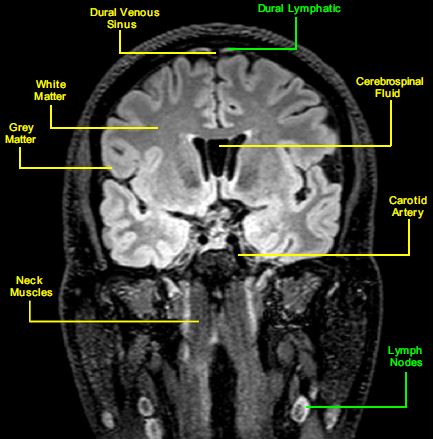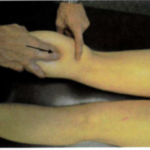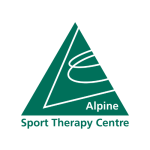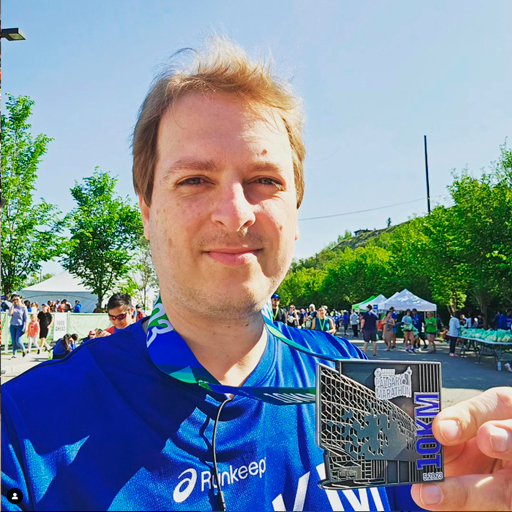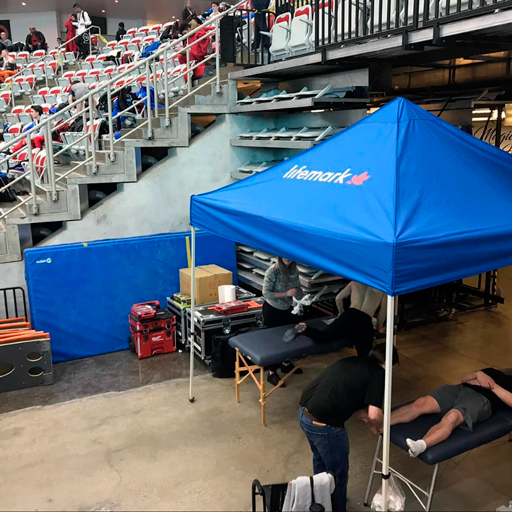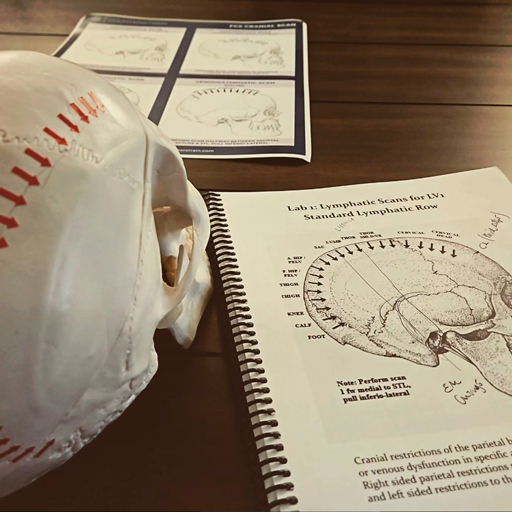Have you ever experienced pain in your shoulder blade, upper arm, or even your elbow? And wondered why these areas hurt when you haven’t done anything to injure them? The answer might lie in your neck!
Way back in 1959, a doctor named Ralph Bingham Cloward discovered that problems in the discs of your neck (the cushions between the bones) can cause pain in seemingly unrelated places. He found that different parts of the discs can refer pain to specific areas:
- Front of the disc: Pain in the shoulder blade or between the shoulders.
- Side of the disc: Pain in the shoulder blade, spreading to the shoulder, arm, and even elbow.
- Back of the disc: Pain in the middle of the back, around the spine.
Why does this happen?
The discs in your neck are surrounded by nerves. When a disc is damaged or irritated, it can put pressure on these nerves, causing pain signals to travel along them. These signals might end up in areas far from the actual source of the problem, leading to the confusing referral patterns.
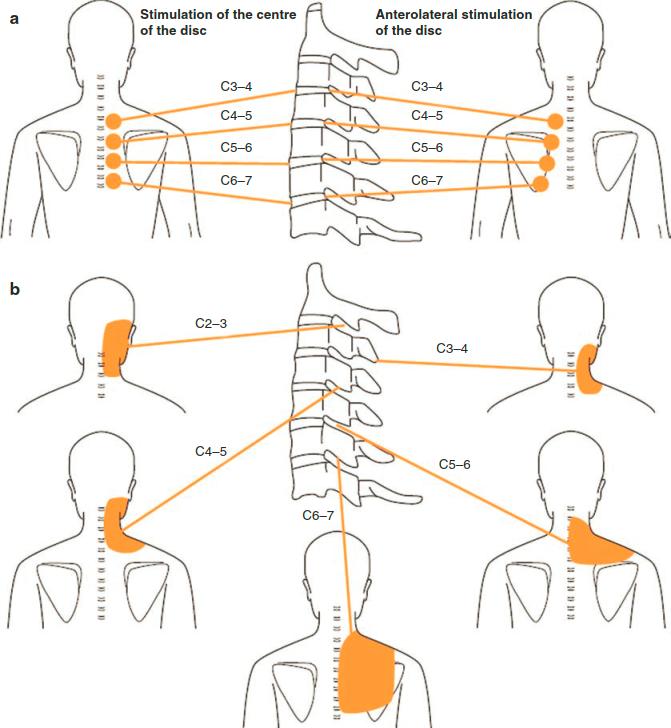
Figure: Cutaneous radiation of pain during irritation of individual structures. Sedláčková, M. (2017). Neck and Shoulder Pain. In: Rovenský, J. (eds) Gerontorheumatology. Springer, Cham. https://doi.org/10.1007/978-3-319-31169-2_26
(a) Radiation of pain during irritation of intervertebral discs (Modified after Cloward, https://www.ncbi.nlm.nih.gov/pmc/articles/PMC1629000/);
(b) Radiation of pain during irritation of deep musculoligamentous structures in interspinous space (Modified after Feinstein, https://pubmed.ncbi.nlm.nih.gov/13211692/).
What can you do about it?
If you’re experiencing pain in your shoulder, arm, or back, and you’re not sure why, it’s worth considering your neck as a possible culprit. As a Physical Therapist I can help you figure out the source of your pain and recommend treatment options.
One of my approaches is Fascial Counterstrain. This gentle, hands-on therapy targets the fascia, a connective tissue that surrounds and supports muscles and organs throughout your body. Fascial Counterstrain can help to:
- Resolve the protective reflex: By calming the nervous system’s response to pain.
- Eliminate pain: By releasing tension and restrictions in the fascia.
- Improve function: By restoring normal movement and flexibility.
References:
- Cloward, R. B. (1959). Cervical discography: A contribution to the etiology and mechanism of neck, shoulder and arm pain. Annals of Surgery, 150(6), 1052-1064.
- Fascial Counterstrain: https://counterstrain.com/
- Tuckey B, Srbely J, Rigney G, Vythilingam M, Shah J. Impaired Lymphatic Drainage and Interstitial Inflammatory Stasis in Chronic Musculoskeletal and Idiopathic Pain Syndromes: Exploring a Novel Mechanism. Front Pain Res (Lausanne). 2021 Aug 23;2:691740. doi: 10.3389/fpain.2021.691740. PMID: 35295453; PMCID: PMC8915610.
Disclaimer: This blog post is for informational purposes only.





